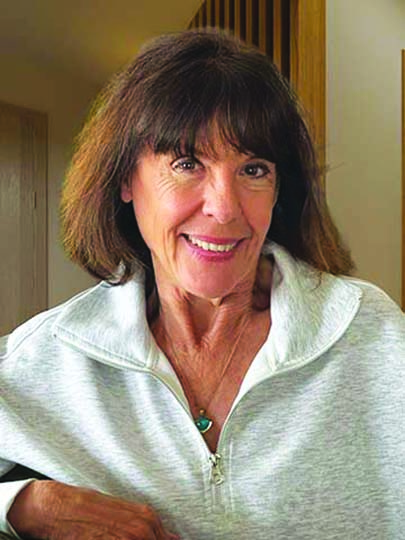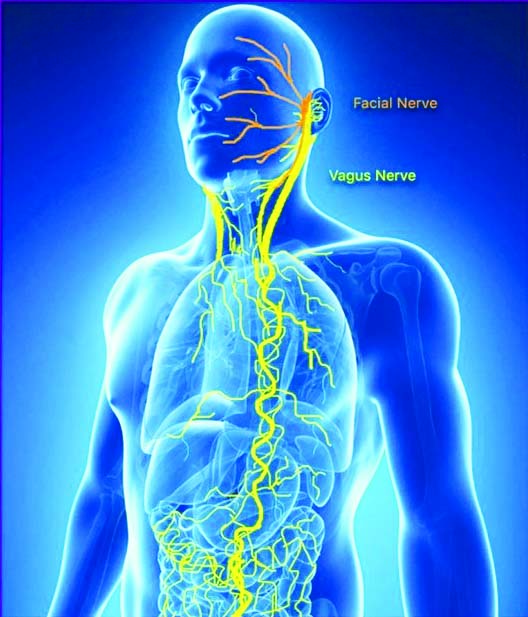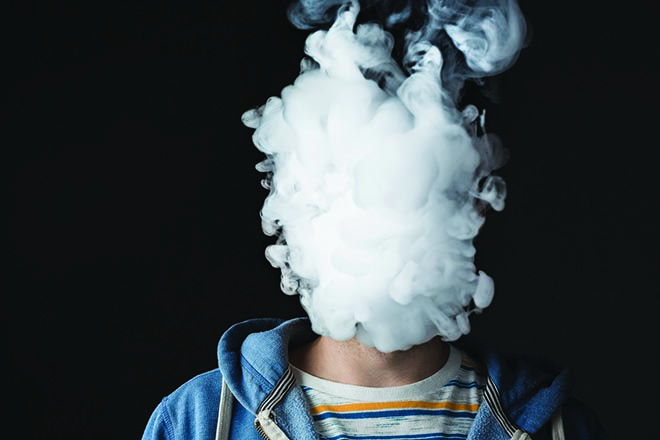By Jane E. Brody
While most of us strive to avoid inhaling aerosols that could harbor a deadly virus, millions of teens and young adults are deliberately bathing their lungs in aerosols rich in chemicals with known or suspected health hazards.
I’m referring to vaping (or “juuling”): the use of e-cigarettes that is hooking young people on a highly addictive drug — nicotine — and will be likely to keep them hooked for decades. Meanwhile, e-cigarettes and other vaping devices are legally sold with few restrictions while producers and sellers reap the monetary rewards. Although many states prohibit e-cigarette sales to persons younger than 18 or 21, youngsters have little trouble accessing the products online or from friends and relatives.
From 2017 to 2018, vaping by high school seniors increased more than “for any substance we’ve ever monitored in 45 years, and the next year it rose again almost as much,” said Richard Miech, principal investigator for the national survey Monitoring the Future. By 2019, a quarter of 12th graders were vaping nicotine, nearly half of them daily. Daily vaping rose in all three grades surveyed — eighth, 10th and 12th — “with accompanying increases in the proportions of youth who are physically addicted to nicotine,” Dr. Miech and colleagues reported in The New England Journal of Medicine last year.
Although self-reported use of e-cigarettes by high school and middle school students decreased over the past year, Dr. Robert R. Redfield, director of the CDC and Prevention, cautioned, “Youth e-cigarette use remains an epidemic.”
“We’re stepping backward from all the advances we’ve made in tobacco control,” Dr. Miech, professor at the Institute for Social Research at the University of Michigan, said in an interview. “I’m worried that we will eventually return to the tobacco situation of yore. There’s evidence that kids who vape are four to five times more likely the next year to experiment with cigarettes for the first time.”
As in decades past, the nation’s regulatory agencies have been slow — some say negligent — to recognize this fast-growing threat to the health and development of young Americans. Dr. Rome, a pediatrician who heads the Center for Adolescent Medicine at the Cleveland Clinic, explained that nicotine forms addictive pathways in the brain that can increase a youngster’s susceptibility to addiction throughout life. The adolescent brain is still developing, she told me, and e-cigarette use is often a gateway to vaping of marijuana, which can affect the brain centers responsible for attention, memory, learning, cognition, self-control and decision-making.
In a review published last December in the Cleveland Clinic Journal of Medicine, Dr. Rome and her co-author, Perry Dinardo, challenged the public perception that vaping is harmless, or “at least less harmful than cigarette smoking.”
While it’s likely to be true that vaping may be less hazardous than tobacco cigarettes, since the vaped aerosols that reach the lungs are devoid of the thousands of tobacco-derived toxic and carcinogenic substances inhaled by cigarette smokers, vaping still introduces a fair share of potentially harmful chemicals.
“E-cigarettes might have their own unique health effects we haven’t discovered yet,” said Theodore L. Wagener, director of the Center for Tobacco Research at Ohio State University. “Although compared to tobacco cigarettes, e-cigarettes without a doubt expose users to much lower levels of harmful chemicals, we still don’t know how the body handles them and what their long-term effects might be.”
The surge in the use of electronic cigarettes was tied to a game-changing product, Juul, a cartridge device introduced in 2017 in a slew of enticing flavors. Flavors especially attractive to youngsters are now banned from use in closed-system devices like Juul, which now is sold only in tobacco and menthol flavors, but can still be used in the open-system products sold in vape shops. And now, taking advantage of a loophole in regulations, a disposable product called Puff Bar, which comes in more than 20 flavors, has replaced Juul as the vape of choice among young people. “Juul made it cool, and young people who had never smoked cigarettes are becoming addicted to nicotine,” said Erika R. Cheng, a public health epidemiologist at Indiana University School of Medicine.
Although there have been calls for bans on e-cigarettes, Abigail S. Friedman, a health economist at Yale University School of Public Health, cautioned that “bans can push people into the black market looking for something that can be acutely dangerous.” Reprinted from Parents Against Vaping Newsletter 2020
Jane Brody is the Personal Health columnist, a position she has held since 1976. She has written more than a dozen books including the best sellers “Jane Brody’s Nutrition Book” and “Jane Brody’s Good Food Book.”


































